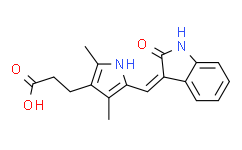
购物车0
产品总数:60950


| 商品编号 | 规格 | 价格 | 会员价 | 是否有货 | 数量 |
|---|---|---|---|---|---|
| PL01511-10mg | 10mg | ¥741.82 | 请登录 |
|
|
| PL01511-50mg | 50mg | ¥2225.45 | 请登录 |
|
|
| PL01511-100mg | 100mg | ¥3338.18 | 请登录 |
|
|
| PL01511-200mg | 200mg | 询价 | 询价 |
|
|
| PL01511-500mg | 500mg | 询价 | 询价 |
|
|
| PL01511-10mM*1mLinDMSO | 10mM*1mLinDMSO | ¥816.00 | 请登录 |
|
 扫码关注公众号
扫码关注公众号